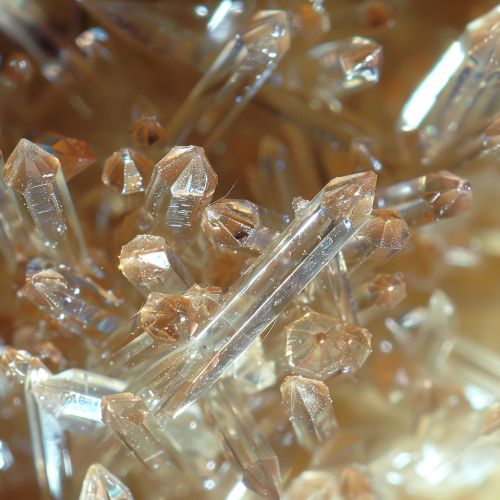Spirooxazine
Introduction
Spirooxazines are a class of photochromic compounds that undergo a reversible transformation of color when exposed to ultraviolet light. They are part of the larger family of heterocyclic compounds, which contain a ring structure made up of at least two different elements.


Structure and Properties
Spirooxazines are characterized by their unique spiro structure, which consists of two rings that share a single atom. This spiro center is typically a quaternary carbon atom, and the two rings are usually a dihydrooxazine and a chromene ring. The term 'spirooxazine' is derived from this structural characteristic.
The photochromic properties of spirooxazines are due to the presence of a nitrone group in the dihydrooxazine ring. Upon absorption of ultraviolet light, the nitrone group undergoes a cycloreversion reaction, resulting in the formation of a colored merocyanine form. The reverse reaction occurs in the absence of light, returning the compound to its colorless spirooxazine form.
Synthesis
The synthesis of spirooxazines typically involves a condensation reaction between a naphthol and a nitrone. The naphthol serves as the chromene ring, while the nitrone forms the dihydrooxazine ring. The reaction is usually carried out in the presence of a Lewis acid catalyst.
Applications
Spirooxazines find wide applications in various fields due to their photochromic properties. They are commonly used in optical lenses, sunglasses, and windows to provide UV protection and automatic darkening in response to sunlight. They are also used in photochromic ink for security printing and in biochemistry for the study of protein dynamics.
Safety and Environmental Impact
Like all chemicals, spirooxazines should be handled with care. They are generally considered safe for use in consumer products, but their potential environmental impact is a subject of ongoing research. It is important to ensure that these compounds do not enter the environment in large quantities, as their photochromic properties could potentially affect aquatic ecosystems.
